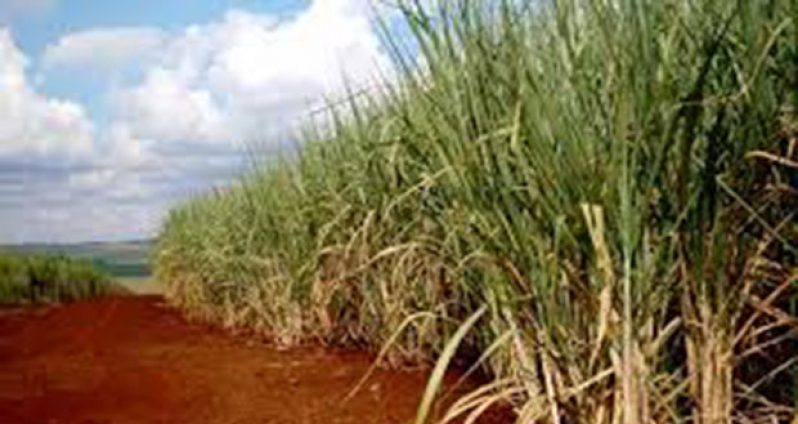By Mohamed Khan
THERE were 37 sugar estates on the Essequibo Coast in the late 1900s. Stretching from Walton Hall in the north to Spring Garden in the south, they produced an aggregate yield of 4,641 tonnes of sugar and the usual complement of rum and molasses.The smallest crop — 35 tonnes — was produced at Henrietta, while Devonshire Castle produced the largest crop –- 325 tonnes. The last grinding sugar estate, Hampton Court, ceased operating in 1936, some 80 years ago.
Hampton Court was the property of the Colonial Company Limited. This fine property formerly consisted of four separate sugar estates, namely Walton Hall, Devonshire Castle, Hampton Court and Windsor Castle. In 1881, these estates had 724 un-indentured and 644 indentured immigrants, as well as 594 Africans.
At Hampton Court, some 1,277 acres of cane were cultivated, along with 40 acres of plantains. The Baillie family owned Hampton Court between 1828 and 1867. In later years, it was purchased by the Colonial Company.
Devonshire Castle and Windsor Castle were amalgamated in 1876, after being bought from Mc Garel, Hogg and Pollard respectively.
Anna Regina was in the hands of the Moss family from 1823. Thomas Edwards-Moss of Lancashire became a baron in 1868. He acquired Anna Regina in 1865, Henrietta in 1874, Richmond in 1878, and La Belle Alliance in 1883.
Sparta, Fear Not, Coffee Grove and Lima were also producing sugar canes. Sparta and Coffee Grove at one time each produced 72 tonnes of cane.
La Belle Alliance was famous for its fine extra-yellow crystals. Anna Regina, La Belle Alliance, Richmond, Henrietta and Bush Lot were the finest plantations in the colony, and possessed the latest appliances for making sugar.
Hampton Court was the best estate for drainage and shipping.



.jpg)








